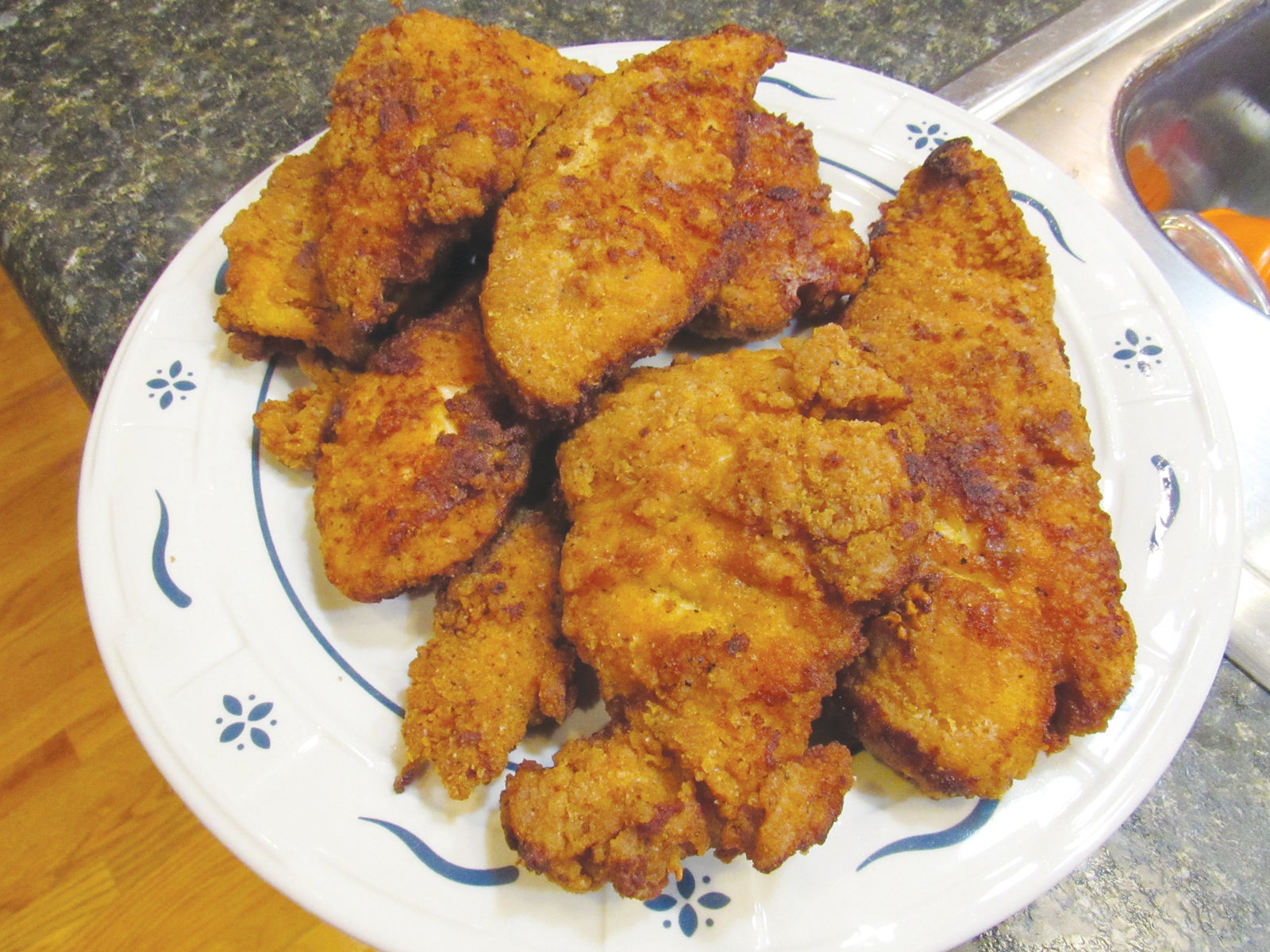Nailed It or Failed It: Making a tender chicken-fried chicken
Published 9:00 am Saturday, April 7, 2018
By Sarah Condley
What can I say? The chicken was on the menu for supper, and I’d just found this recipe for chicken fried chicken in the February/March 2018 issue of Allrecipes magazine that my friend Courtney shares with me.
The recipe not only looked good, but it also sounded pretty easy to prepare.
After cleaning the chicken and cutting each breast in half, I took the advice from the note following the recipe and pounded each piece of the boneless breast to an even thickness.
I didn’t have dry potato flakes (I wasn’t going to buy them either, not for two tablespoons, especially since I don’t make instant potatoes) so again, I took the advice from the recipe and used the additional flour).
I put all of the dry ingredients into a plastic zipper bag, sealed it and shook it up.
When I put the single egg into a bowl along with the tablespoon of water, I wasn’t sure there would be enough for the amount of chicken I was going to cook.
I also wasn’t convinced that I had enough dry ingredients in the bag either. I felt confident that I’d be adding more to both of them.
I rarely fry anything (because it seems like a lot of trouble, I don’t like the mess; and I feel like I’m wasting the oil by discarding it when I’m finished) so I was a bit cautious about this recipe.
When I had all of the ingredients ready, I pulled out my biggest non-stick skillet and poured in the 2 cups of oil (I used canola).
Of course, when I was filling the measuring cup, I thought, “Wow, that’s a lot of oil.” But I followed the recipe and poured it all in. It didn’t seem like that much once it was in the skillet.
I turned the burner to medium and waited about 15 minutes to let the oil get hot. That’s something I remember my granny telling me about frying stuff — “you gotta make sure your grease is hot.”
To test the oil, I dropped a little of the dry mixture into it, since it sizzled I figured I was ready to add some chicken.
I dipped a big piece of chicken in the egg-water mixture then put it in the bag with the crumbs.
I shook it to coat the chicken well then added it to the hot oil. The skillet was big enough to hold about half the chicken, and as it began to brown, I started watching it like a hawk.
I didn’t want it to burn, but I was worried it wouldn’t get done. When one side was good and brown, I turned the pieces and let the other side brown.
My granny also said, “Don’t keep turning your chicken, just turn it once and be patient.”
I did as my granny said and didn’t follow the recipe directions to turn frequently.
To keep the chicken hot after removing it from the skillet, I placed it in a low-temperature oven. I’d heard that you should place fried foods on brown paper bags to help drain the oil, so I did this too.
I was surprised at how much oil that brown paper bag absorbed.
When the last of the chicken went into the skillet, to my surprise, there was still a little bit of egg mixture left along with a little bit of coating.
After all the chicken was fried, Brad was home, and we were ready to eat. He said a prayer, and we put the chicken on our plates.
The chicken didn’t have a lot of crispy coating like my granny’s, but there was some on it.
The chicken was tender, and Brad and I both liked it. I do think the breading could have used more seasoned salt and pepper. But overall this was a success.
I nailed this recipe, and I’ll be holding on to it in my self-made cookbook.
Sarah Condley is an amateur baker and chef who is compiling a cookbook of her favorite recipes.




